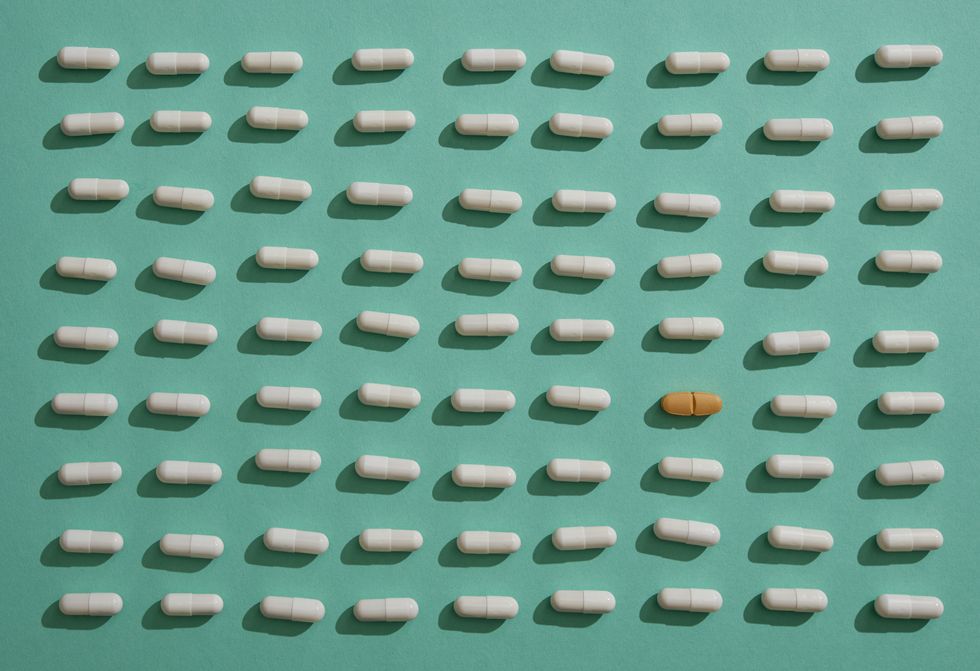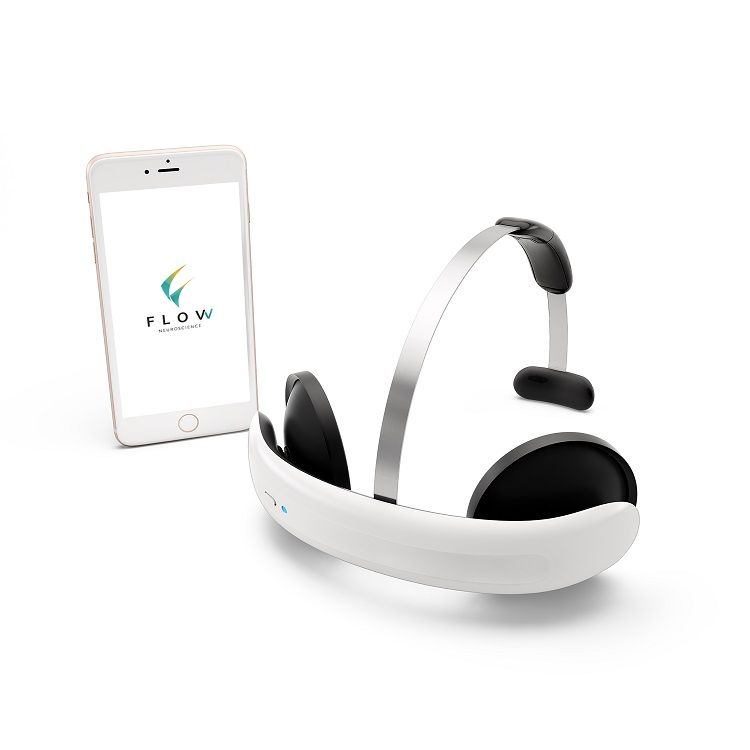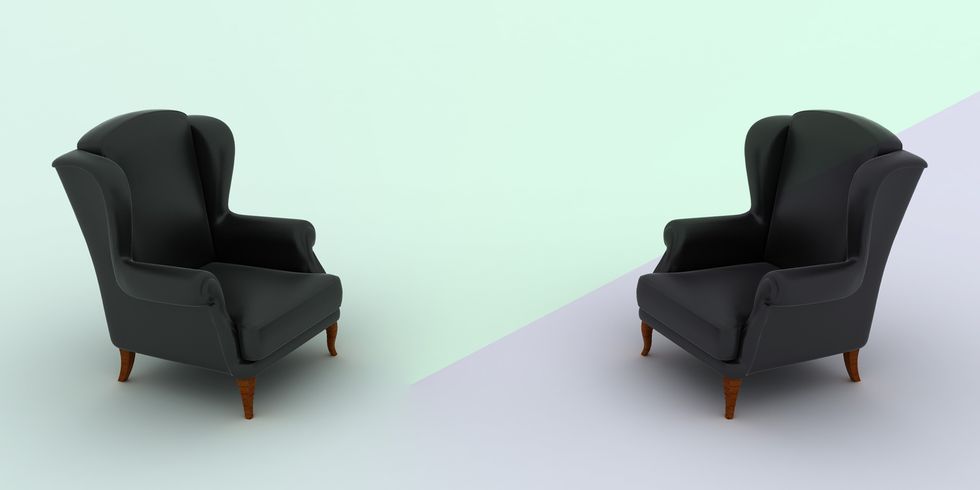Depression is all-consuming. Low periods for people who suffer with the mental health condition can last for months and even years, with options for treatment being fairly limited.
If you suffer from depression, you can either seek talking therapy (counselling), or you can be prescribed antidepressants if a doctor sees a reasonable need for them. But a Swedish clinical-psychologist-turned-entrepeneur named Daniel Månsson thinks he may be able to offer another potential treatment for depression - and it comes in the form of wearable technology.
Flow, which is waiting for its official certification as a medical device before it gets released into the market early this year, is a treatment comprising of two components: a headset and an app. It might all sound very Matrix at this point, but the theory of what it does and how it works is certainly a concept that makes sense - and could potentially be life changing for the people for whom it works.
HOW DOES IT WORK?
"The first component is a headset that you put on your head, and the other one is an app," Månsson tells Cosmopolitan UK. The headset works by delivering gentle electrical pulses into the brain, based on a well-researched area of scientific discovery called Transcranial Direct Current Stimulation (tDCS). The app, meanwhile, is a 'virtual counsellor' of sorts, providing information and advice about lifestyle changes that may ease depressive episodes ("how to eat better, how to meditate, how to sleep in the correct way, and how to perform physical exercise in order to reduce depression further," Månsson explains.)
Clinical psychologist Månsson suggests that wearing the headset while simultaneously using the app for 30 minutes a day across 18 days may, for some people, result in a reduction in depression roughly equivalent to antidepressants.
But what it is it about tDCS that means it can potentially have this positive effect on some people? "The brain is an electrochemical system; it works by electricity, and it works by chemicals," Månsson explains.
When you take antidepressants you affect the brain with chemicals. What Flow is doing is tapping into the other side of it, affecting the brain with electricity instead.
"The electrical pulses increase activity on the left side of the brain, which is beneficial for a lot of reasons," explains the manufacturer. "It’s thought this area has better control over emotions. It rebalances the activity."
A MEDICAL DEVICE, NOT A WELLNESS DEVICE
While Flow will be the first medical device of its kind to be available to buy and use at home, the science behind it is not new. In fact, it's been widely studied by scientistific researchers over the past two decades.
"The existing devices that are delivering tDCS are often research devices in hospitals, so what we have done is taken this technology and put it into an easy to use wearable that you can actually use at home," Månsson tells me.
The psychologist is keen to reinforce that the Flow headset "is not a wellness device, it's a medical device" (soon to have a certificate to verify that status). Which means - surely - there's scope for this to be offered on the NHS in future? It's something the Sweden-based company is already looking into, Månsson shares, but it's "a long process".
Until then, however, the aim is for the Flow headset and corresponding app to be bought and used by people independently. Treatment for mental health is notoriously costly, with therapists charging hourly, and waitlists for NHS counselling ever-increasing in length. While Flow is by no means cheap - it's likely to retail at around £399 once officially released - it is an affordable option considering its long-term viability.
When Månsson officially launches Flow in the coming months, he will likely opt for a pricing model that means customers will make a one-off payment for the device, and will have free ongoing access to the app from that point. The only extra cost, Månsson explains, would be for the disposable sponges attached to the headset which are necessary in order to maintain a good level of contact with the skin (18 sessions worth of these sponges will be included in the first purchase of the headset, however).
THE CONS ALONG WITH THE PROS
Given all of the above, and if Flow works as well as the scientific studies indicate it does, it certainly sounds like an appealing treatment option for people with depression. As with most mental health treatments, however, Flow may have side effects, including redness of the skin beneath the electrodes and mild headaches. But Månsson insists scientific research suggests the side effects of tDCS are generally "fewer and less severe than antidepressant medication".
This isn't to say, however, that the psychologist is advocating people ditch their existing form of depression treatment.
"I'm a clinical psychologist myself and I would say that all kinds of treatment are very good," Månsson tells Cosmopolitan UK. "We wouldn’t go out and tell people to go off antidepressants for example. Even if they are using that, this is just another alternative to treat depression.
"We don't want to make out that this is some kind of magical cure, but we have seen very good results with it," he adds.

Cat is Cosmopolitan UK's features editor covering women's issues, health and current affairs. news, features and health. The route to her heart is a simple combination of pasta and cheese (somewhat ironic considering the whole health writing thing), and she finds it difficult to commit to TV series so currently has about 14 different ones on the go.
















